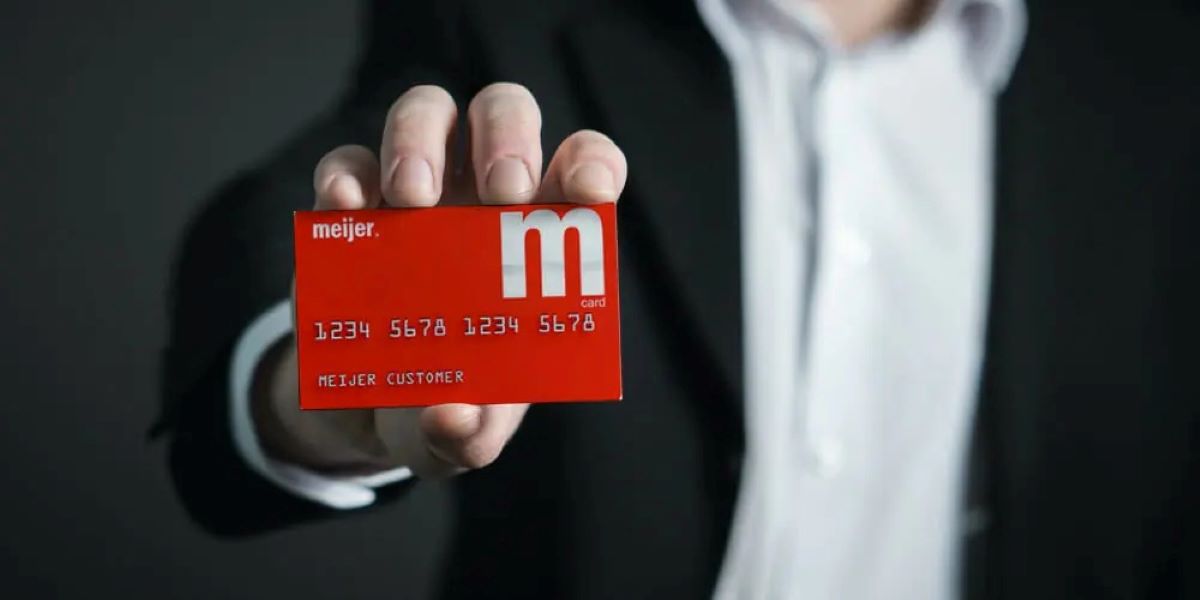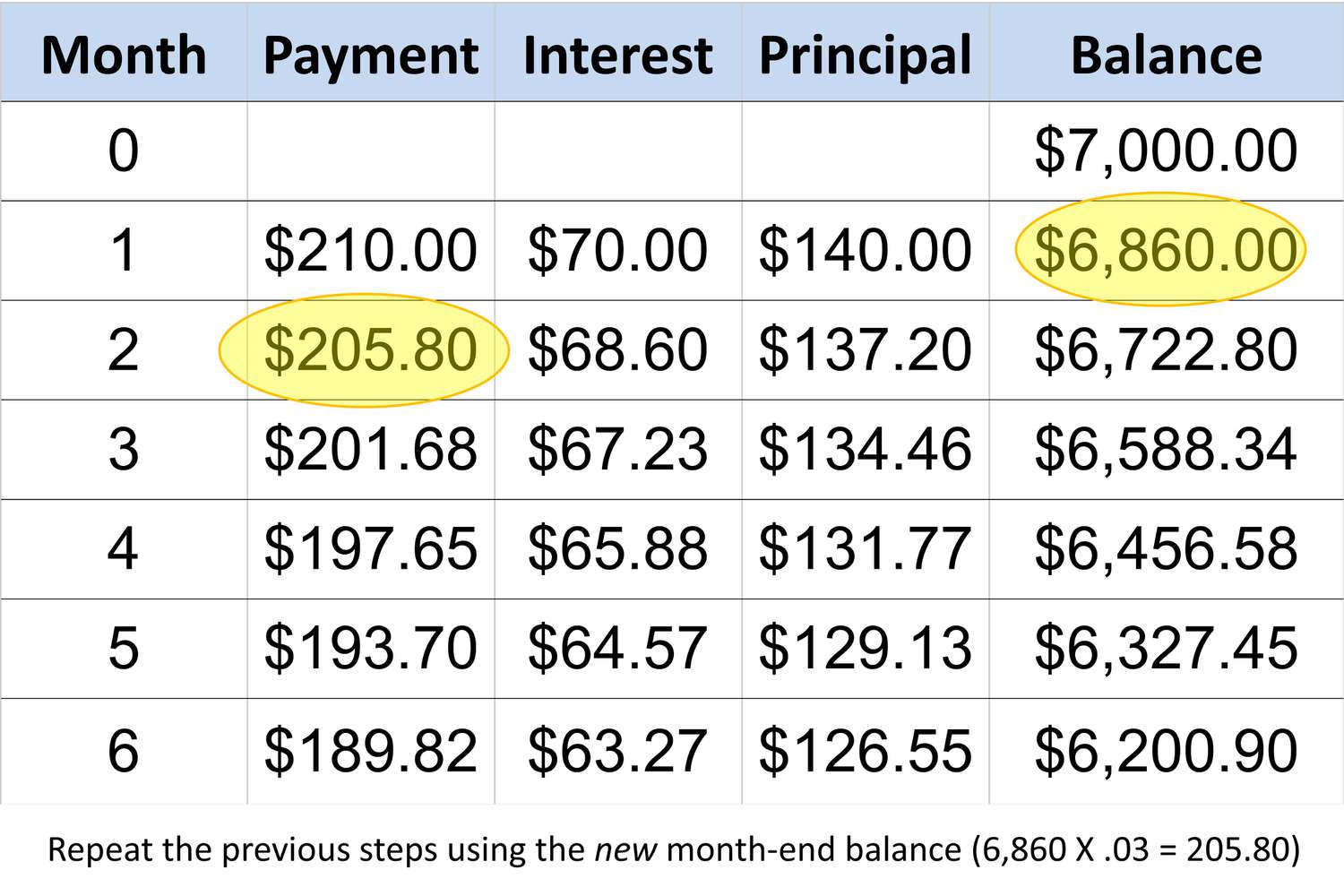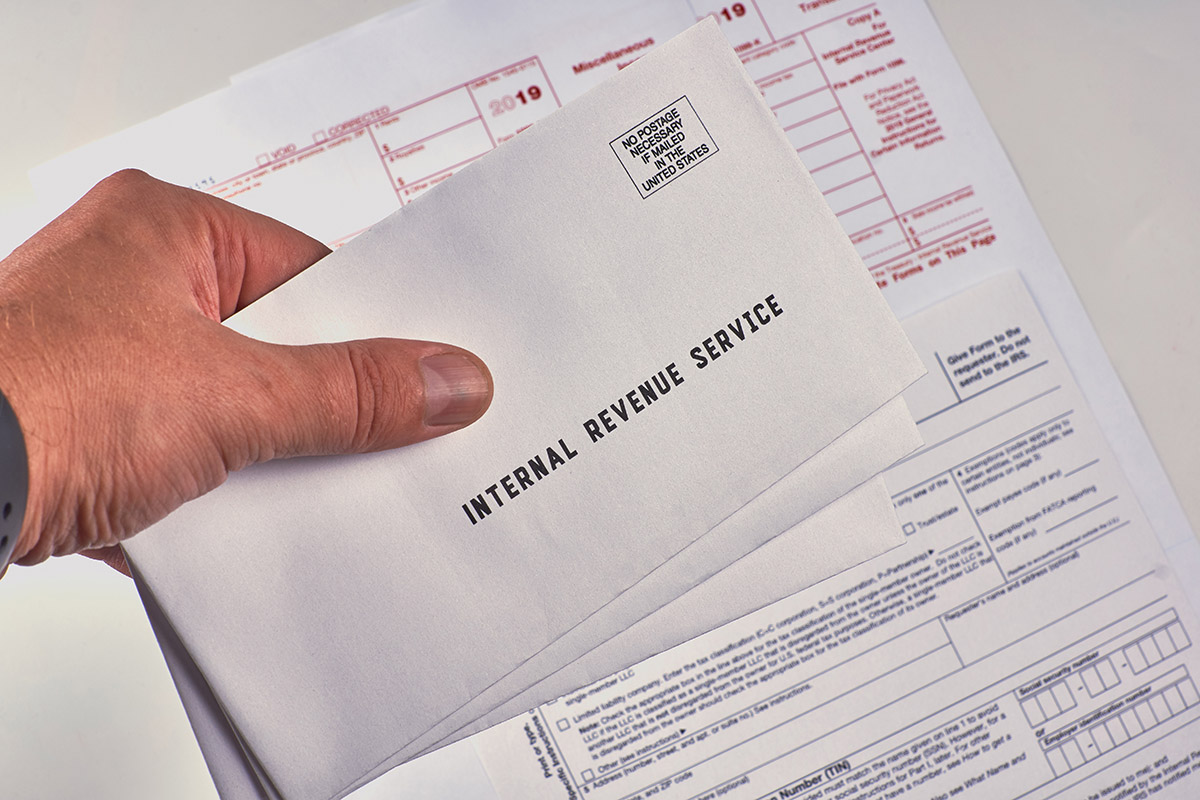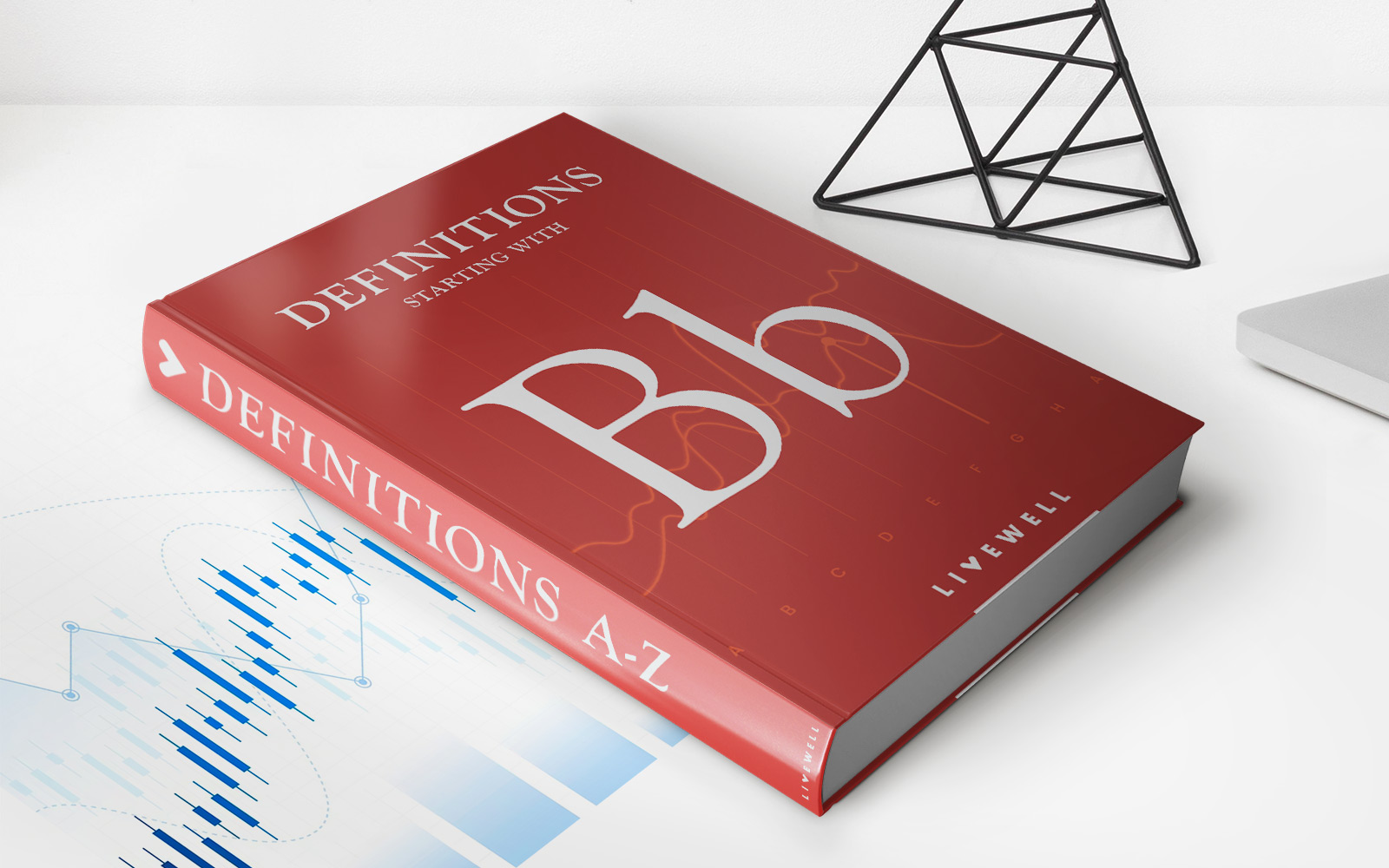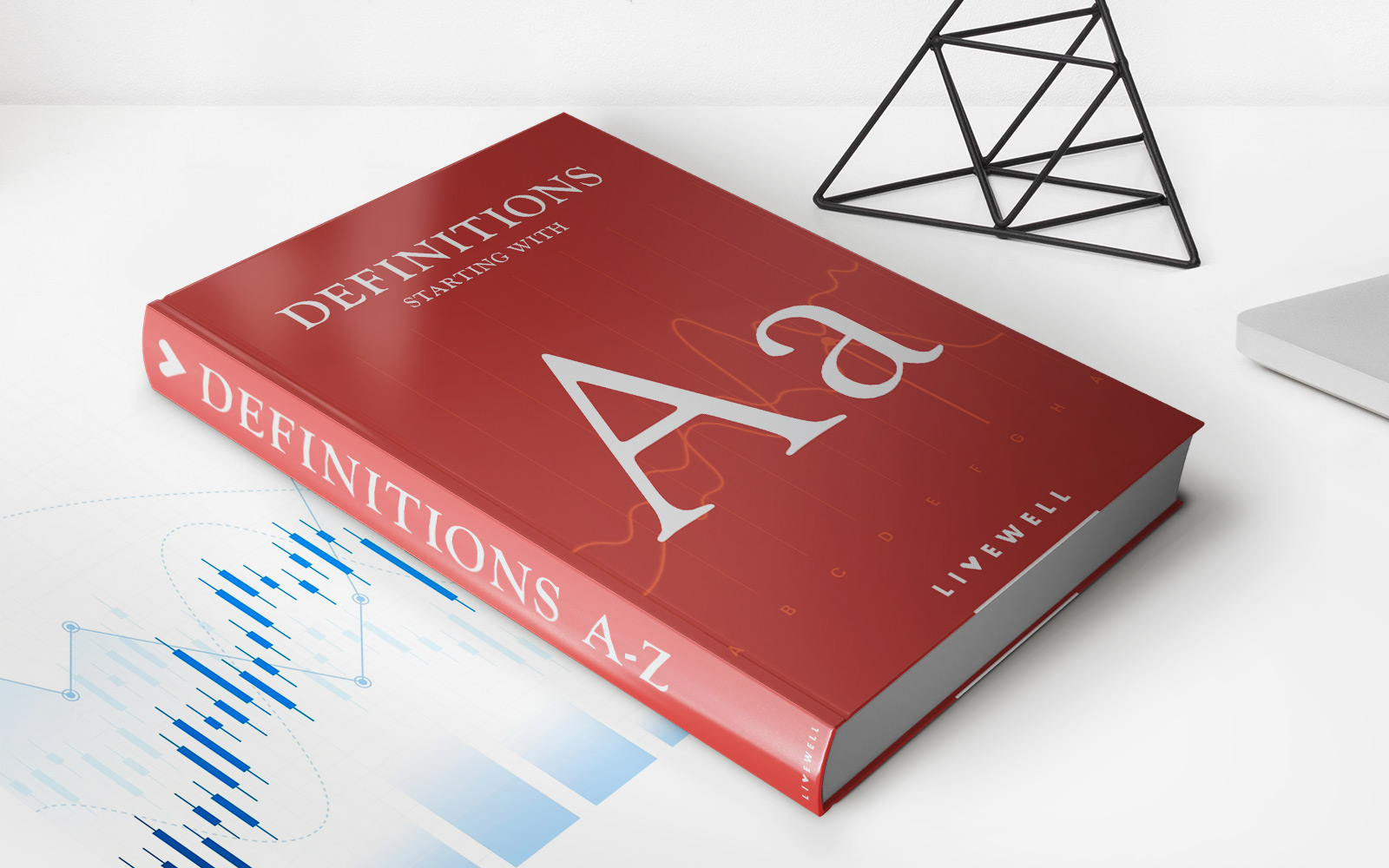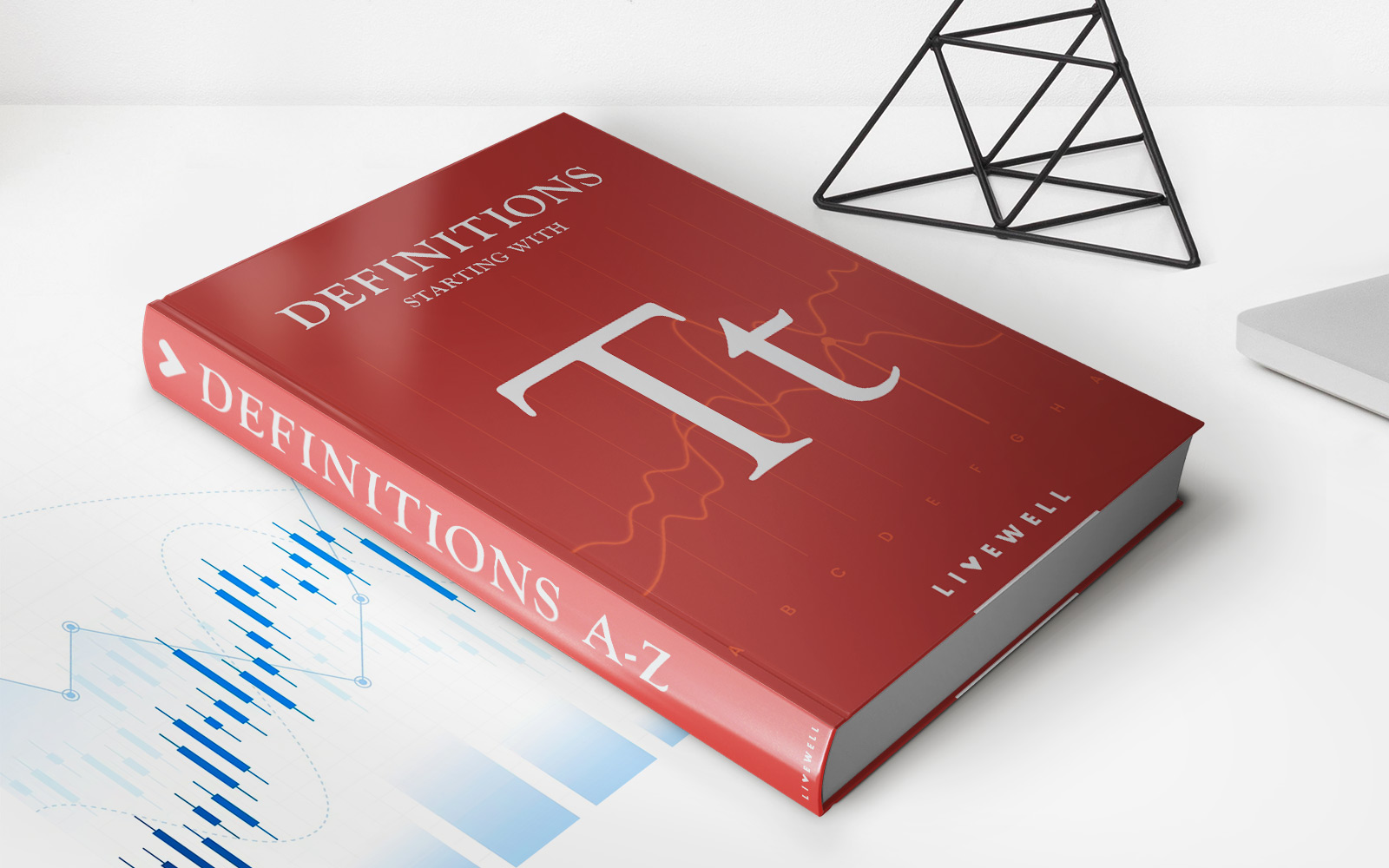Home>Finance>What Is The Minimum Payment On A $6000 Credit Card


Finance
What Is The Minimum Payment On A $6000 Credit Card
Published: February 26, 2024
Learn about the minimum payment for a $6000 credit card to manage your finances effectively. Understand the impact on your credit and overall financial health.
(Many of the links in this article redirect to a specific reviewed product. Your purchase of these products through affiliate links helps to generate commission for LiveWell, at no extra cost. Learn more)
Table of Contents
Understanding the Minimum Payment on a $6000 Credit Card
When it comes to managing credit card debt, understanding the concept of minimum payments is crucial. Many credit cardholders may wonder, “What is the minimum payment on a $6000 credit card?” This question is significant because the minimum payment can have a substantial impact on one’s financial well-being and credit score. In this article, we will delve into the intricacies of minimum payments, explore the factors that influence them, calculate the minimum payment on a $6000 credit card, and highlight the importance of paying more than the minimum. Additionally, we will provide valuable tips for effectively managing credit card debt.
By gaining a comprehensive understanding of minimum payments and their implications, individuals can make informed decisions regarding their credit card balances and strive for financial stability. Let’s embark on this enlightening journey to unravel the mysteries of minimum payments and empower ourselves with the knowledge to navigate the realm of credit card debt.
Understanding Minimum Payments
Minimum payments represent the lowest amount that a credit cardholder must pay each month to maintain their account in good standing. While this may seem like a convenient option for individuals facing financial constraints, it’s essential to comprehend the implications of making only minimum payments, particularly on a $6000 credit card balance.
When credit card statements arrive, they typically include the minimum payment due, along with the total outstanding balance, current interest rate, and other pertinent information. The minimum payment is calculated based on various factors, including the outstanding balance, interest rate, and a percentage of the principal balance. It’s important to note that making only the minimum payment prolongs the time it takes to pay off the debt and significantly increases the total interest paid over time.
By understanding the dynamics of minimum payments, individuals can grasp the impact of carrying a $6000 credit card balance and making only the minimum payment each month. This insight can serve as a catalyst for proactive debt management and informed decision-making, ultimately leading to improved financial well-being.
Factors Affecting Minimum Payments
Several key factors influence the calculation of minimum payments on credit card balances, each playing a pivotal role in determining the amount that cardholders are required to pay each month. Understanding these factors is essential for individuals seeking to manage their credit card debt effectively and make informed financial decisions.
- Outstanding Balance: The total amount owed on the credit card directly impacts the minimum payment. As the outstanding balance increases, so does the minimum payment.
- Interest Rate: The annual percentage rate (APR) applied to the outstanding balance significantly influences the minimum payment. Higher interest rates result in larger minimum payments.
- Percentage of Balance: Credit card issuers often calculate the minimum payment as a percentage of the outstanding balance, typically ranging from 1% to 3% of the total amount owed. This percentage-based approach directly ties the minimum payment to the balance owed.
- Fees and Penalties: Additional fees, such as late payment fees or over-limit fees, can increase the minimum payment amount, further impacting a cardholder’s financial obligations.
- Regulatory Requirements: Certain regulations may govern how minimum payments are calculated, ensuring that they cover at least the interest accrued and a portion of the principal balance, thereby facilitating progress toward debt repayment.
By considering these influential factors, individuals can gain insight into the mechanisms that determine minimum payments on credit card balances. This understanding empowers them to assess their financial commitments more effectively and take proactive steps toward managing their credit card debt responsibly.
Calculation of Minimum Payment on a $6000 Credit Card
Calculating the minimum payment on a $6000 credit card involves considering various factors, each contributing to the determination of the required monthly payment. To gain a clearer understanding of this calculation, it’s essential to explore the components that influence the minimum payment amount.
Firstly, credit card issuers typically set the minimum payment as a percentage of the outstanding balance. This percentage can vary but often falls within the range of 1% to 3% of the total amount owed. Additionally, the minimum payment may include any interest accrued during the billing cycle and a portion of the principal balance. These combined elements form the basis for determining the minimum payment due each month.
For a $6000 credit card balance, the minimum payment can be calculated by applying the predetermined percentage to the outstanding balance. For instance, if the minimum payment percentage is set at 2%, the calculation would yield a minimum payment of $120 for a $6000 balance. It’s important to note that this amount may fluctuate based on changes in the outstanding balance, interest rates, and any applicable fees or penalties.
Understanding the calculation of the minimum payment on a $6000 credit card empowers individuals to anticipate their financial obligations accurately and make informed decisions regarding debt repayment. By recognizing the interplay of factors that contribute to the minimum payment amount, cardholders can proactively manage their credit card balances and work toward achieving greater financial stability.
Importance of Paying More Than the Minimum
While making the minimum payment on a $6000 credit card may fulfill the basic requirement to keep the account in good standing, it’s crucial to recognize the long-term implications of adhering solely to this obligation. Opting to pay only the minimum amount can lead to prolonged debt repayment, increased interest accrual, and potential financial strain. Therefore, understanding the importance of paying more than the minimum is essential for individuals seeking to manage their credit card debt effectively.
By paying more than the minimum, cardholders can expedite the reduction of their outstanding balance and minimize the accumulation of interest over time. This proactive approach not only accelerates the journey toward debt freedom but also translates into substantial savings on interest payments. Additionally, paying more than the minimum amount contributes to an enhanced credit score, reflecting responsible debt management and financial prudence.
For individuals grappling with a $6000 credit card balance, allocating additional funds toward debt repayment can yield significant benefits. Whether through increased monthly payments or lump-sum contributions, every extra dollar directed toward the outstanding balance brings cardholders closer to financial freedom and alleviates the burden of high-interest debt.
Ultimately, recognizing the importance of paying more than the minimum empowers individuals to take control of their financial well-being, reduce the impact of interest accrual, and expedite their journey toward debt freedom. By embracing this proactive approach to debt repayment, individuals can pave the way for improved financial stability and a brighter economic future.
Tips for Managing Credit Card Debt
Effectively managing credit card debt is essential for individuals striving to achieve financial stability and alleviate the burden of high-interest balances. By implementing strategic approaches and adopting prudent financial habits, individuals can navigate the realm of credit card debt with confidence and work toward regaining control of their financial well-being.
- Create a Repayment Plan: Develop a structured repayment plan to systematically reduce credit card balances. Prioritize high-interest debts while ensuring timely payments on all accounts.
- Pay More Than the Minimum: Whenever possible, allocate additional funds toward credit card payments to expedite debt reduction and minimize interest accrual.
- Monitor Spending Habits: Assess and adjust spending habits to avoid accumulating new credit card debt. Implement a budget and exercise restraint to live within one’s means.
- Consider Balance Transfer Options: Explore balance transfer offers with lower or 0% introductory interest rates to consolidate high-interest balances and facilitate more efficient debt repayment.
- Seek Professional Guidance: If overwhelmed by debt, consider seeking advice from financial counselors or debt management professionals to explore viable solutions and gain valuable insights into debt restructuring.
- Communicate with Creditors: In cases of financial hardship, communicate with creditors to explore alternative payment arrangements or hardship programs, thereby mitigating the impact of late or missed payments.
- Build an Emergency Fund: Establish an emergency fund to cover unexpected expenses, reducing the reliance on credit cards for unforeseen financial needs.
- Regularly Review Statements: Routinely review credit card statements to identify any unauthorized charges, errors, or potential signs of fraudulent activity.
- Seek Financial Education: Invest in financial literacy and education to enhance money management skills, make informed financial decisions, and cultivate long-term financial stability.
By incorporating these tips into their financial practices, individuals can proactively manage credit card debt, mitigate the impact of high-interest balances, and progress toward achieving greater financial freedom. With diligence, discipline, and a strategic approach, individuals can navigate the path to debt repayment and pave the way for a more secure financial future.


